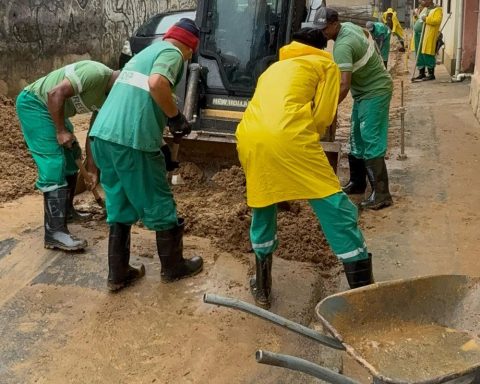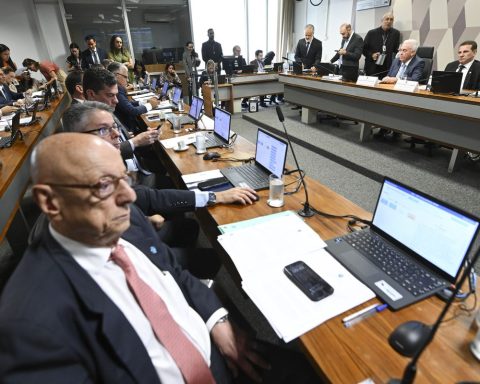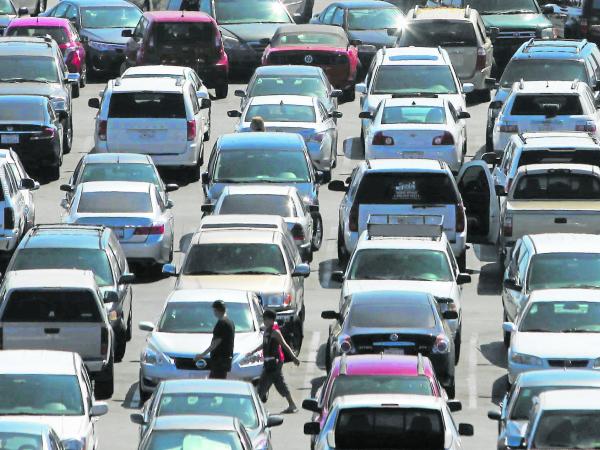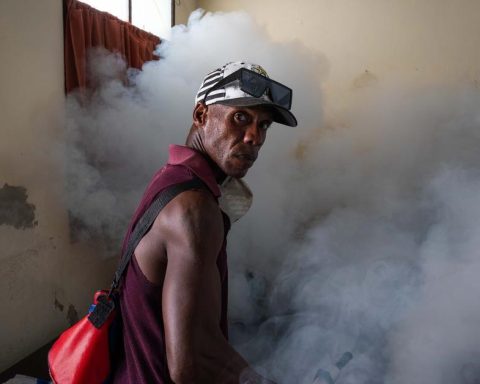The unemployment rate fell in 22 of the 27 federation units in the 2nd quarter, compared to the first 3 months of the year. The data are from the Quarterly Continuous National Household Sample Survey (Pnad Contínua), published today (12) by the Brazilian Institute of Geography and Statistics (IBGE).
The biggest drop in the quarter was registered in the state of Tocantins, with minus 3.8 percentage points. Pernambuco dropped 3.5 percentage points and Alagoas, Pará, Piauí and Acre also stood out, all with drops of around 3 points. Despite the declines, the Northeast remains with the highest unemployment rate among the regions, at 12.7%.
By state, the highest unemployment rate is in Bahia (15.5%), followed by Pernambuco (13.6%) and Sergipe (12.7%). The lowest rates are in Santa Catarina (3.9%), Mato Grosso (4.4%) and Mato Grosso do Sul (5.2%). The Federal District, Amapá, Ceará, Mato Grosso and Rondônia registered stability in the rate.
The unemployment rate in the second quarter of 2022 stood at 9.3%. In the previous quarter, the national rate was 11.1% and in the same quarter last year, unemployment was 14.2%.
Informality
The informality rate was 40% of the employed population, with 39.3 million people. There was an increase in absolute numbers in the quarterly (38.2 million) and annual (35.7 million) comparison, but stability in the percentage analysis, due to the expansion of the employed population.
Self-employed workers account for 26.2% of the country’s employed population and the composite rate of underutilization of the workforce was 21.2%.
Among unemployed people, 42.5% are looking for work between one month and less than a year and 29.5% are looking for two years or more. The country has 4.3 million discouraged people, which corresponds to 3.8% of the workforce.
Formality in the quarter reached 73.3% of employees in the private sector, down from 74.1% in the previous quarter and also compared to 75.2% in the second quarter of 2021. By state, formality goes from 46 .6% of workers in Piauí to 87.4% of those in Santa Catarina.
among the workers SunIn terms of ethics, only 25.1% had a formal contract in the analyzed period.
gender and race
According to the IBGE, unemployment among women (11.6%) and among black (11.3%) and brown (10.8%) people remains above the national average. The rate among white people was 7.3% and unemployment reached 7.5% for men.
According to the coordinator of Work and Income at the IBGE, Adriana Beringuy, the difference between blacks and whites has increased, while the distance between women’s unemployment and men has decreased, but is still large.
“The drop was greater among women (2.2 percentage points against 1.6 percentage points for men), however, it was not enough to reduce the distance between them. The rate of women is 54.7% higher than that of men”.
By age, the biggest decline occurred among young people, aged 18 to 24, from 22.8% in the first quarter of the year to 19.3% in the second. By education, the unemployment rate for people with incomplete secondary education was 15.3%, for those with incomplete higher education, the rate was 9.9%, and for those with complete higher education, unemployment was 4.7% .
Performance
The average monthly income received by workers was estimated at R$ 2,652 in the second quarter of the year, which represents stability in comparison with the amount of R$ 2,625 registered in the previous quarter, according to the IBGE.
The amount is 5.1% lower than that seen in the second quarter of 2021, when the average income was BRL 2,794. According to Adriana Beringuy, the result demonstrates that people are receiving lower wages, as well as incomes are losing value in the face of high inflation.
“We have an improvement in the number of people employed, an increase even in the work portfolio, in various economic activities, but the income itself has not been expanding in real terms. Although we have seen that in nominal terms there was an expansion in the quarter and in the year. But brought to deflated terms, when we consider it in real terms, the increase in nominal terms is not enough to maintain the expansion in real terms”.
The average income of men was R$2,917 and that of women was R$2,292, which represents 78.6% of men’s income. Among white people, the average income is R$3,406, falling to R$2,009 among black people and R$2,021 among brown people. In other words, the average income of black workers represents 59% of the average income of white workers.
Accompanying the expansion of the labor market, the mass of real average income of all jobs totaled R$ 255.7 billion, growth compared to the previous quarter (R$ 244.9 billion) and compared to the second quarter of 2021 (R$ 244 billion).

















